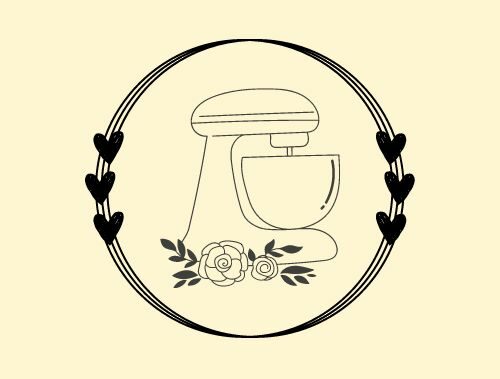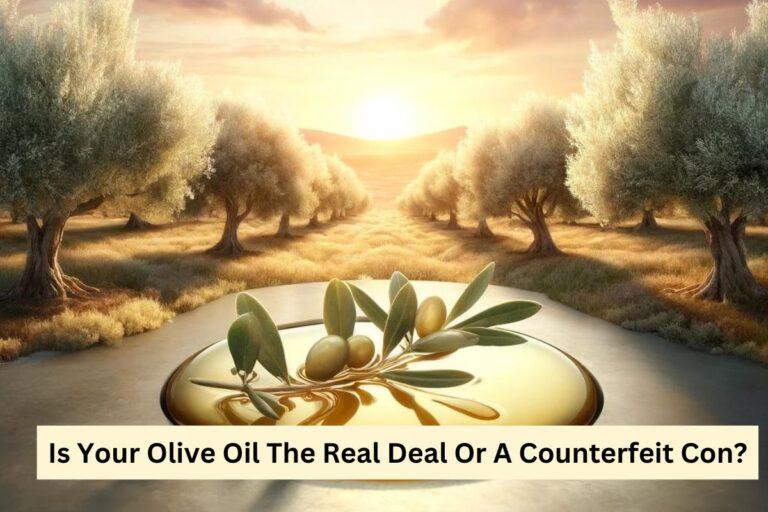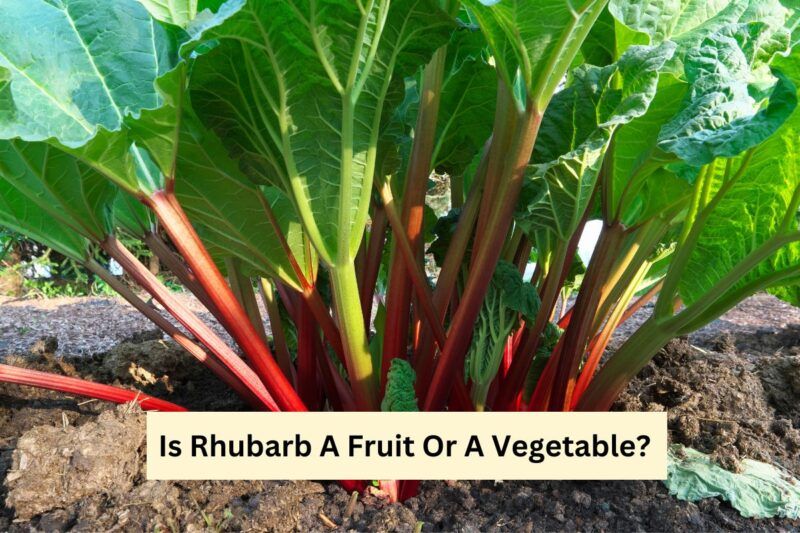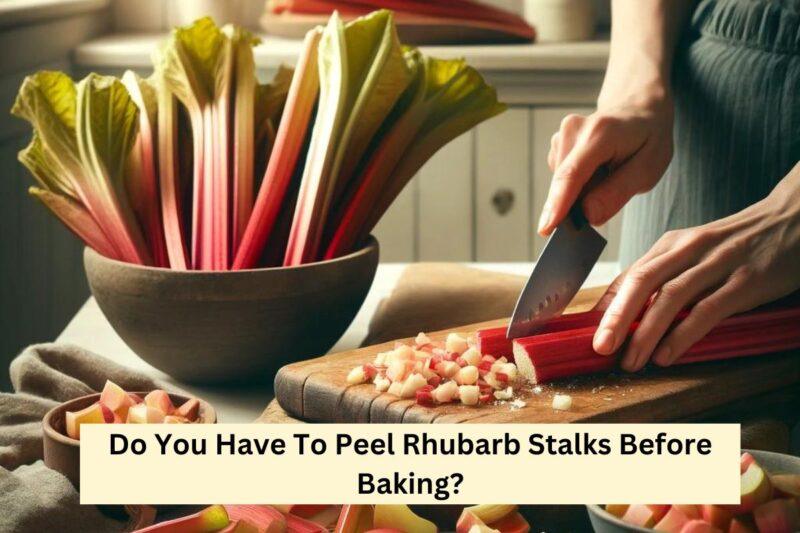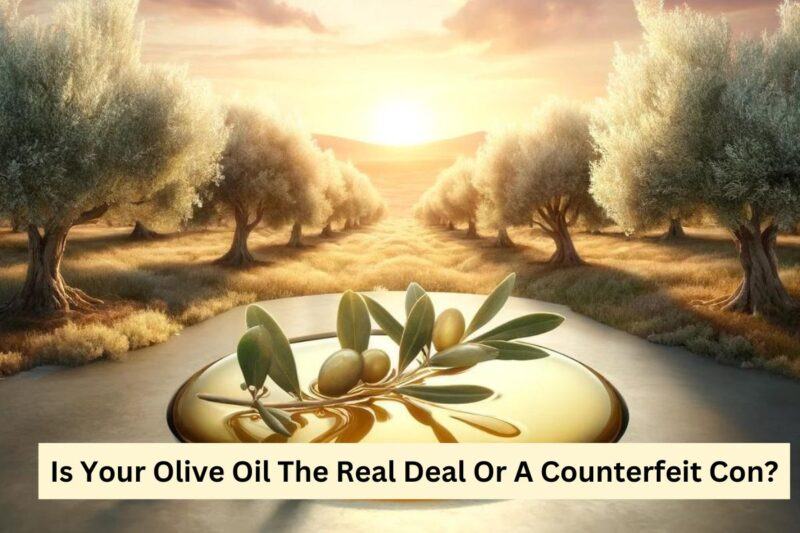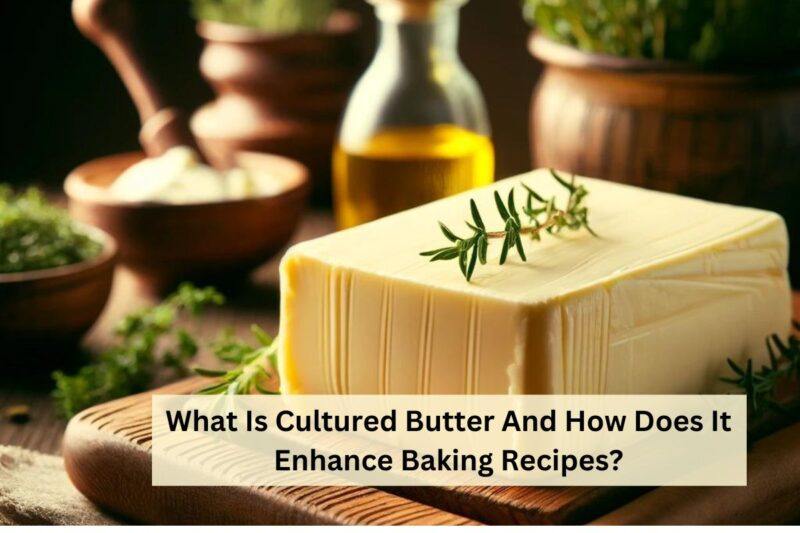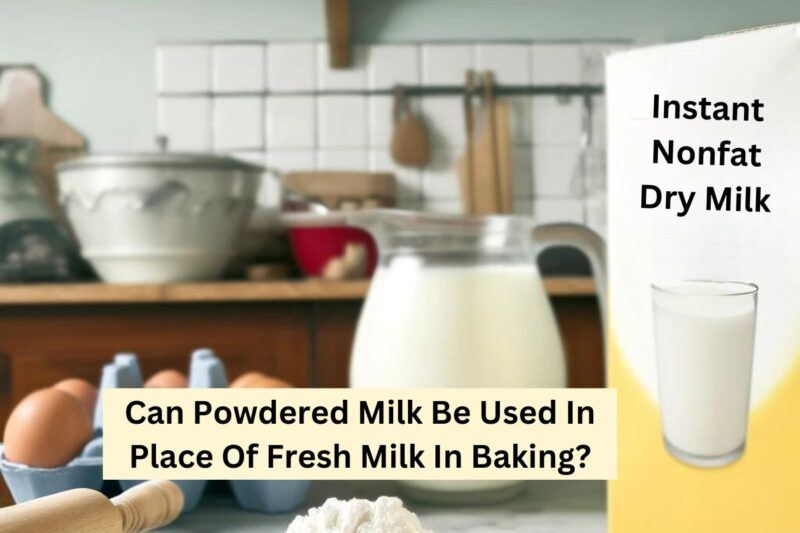- Olive Oil Fraud: Many olive oils on the market are adulterated with cheaper oils or mislabeled, and studies suggest that over 70% may be compromised in the US.
- Spotting Genuine Products:
- Label Reading: Certifications like PDO and PGI indicate strict adherence to production standards.
- Avoid Vague Labels: Be skeptical of oils labeled as “packed in Italy” or “bottled in Spain” without specific origin details.
- Sensory Evaluation:
- Visual: Look for a green and viscous appearance.
- Olfactory: A fresh, fruity aroma is a good sign.
- Taste: Genuine olive oil should have a peppery flavor that tingles the throat.
- Where to Buy Authentic Olive Oil:
- Specialty Stores: These often have rigorously vetted stocks.
- Online Retailers: Sites like Oliviers & Co. source directly from trusted producers.
- Local Markets: Buying directly from growers can ensure quality.
- Using Olive Oil in Cooking:
- Cooking Suitability: Best for sautéing or drizzling; not suitable for high-temperature frying.
- Storage: Store in a cool, dark place in an airtight container to maintain quality.
- Quality Impact in Baking:
- Flavor Enhancement: High-quality oil can enhance the flavors in baked goods.
- Texture Benefits: Contributes to moistness and a fine crumb in cakes and breads.
- and studies suggest that
Affiliate Disclosure: Some of the links below are affiliate links, meaning at NO additional cost to you, I may earn a small commission if you click through and make a purchase.
When it comes to olive oil, things aren’t always as they seem. You might think you’re getting high-quality extra virgin olive oil from the store, but there’s a surprisingly good chance the bottle contains adulterated or downright fake oil. The truth is that a large percentage of olive oil on the market has been diluted with other cheaper oils or outright mislabeled by unscrupulous producers.
The good news is you don’t have to be a victim of this olive oil fraud. With a bit of knowledge on what to look for, you can detect authenticity and bring home the real deal. We’ll explore tips to empower you to see through misleading labels, spot red flags, and find genuine olive oil you can trust. No one wants to overpay for counterfeit oil or miss out on olive oil’s signature flavor and health perks. Let’s uncover what’s really going on in that bottle!
The Truth About Counterfeit Olive Oil
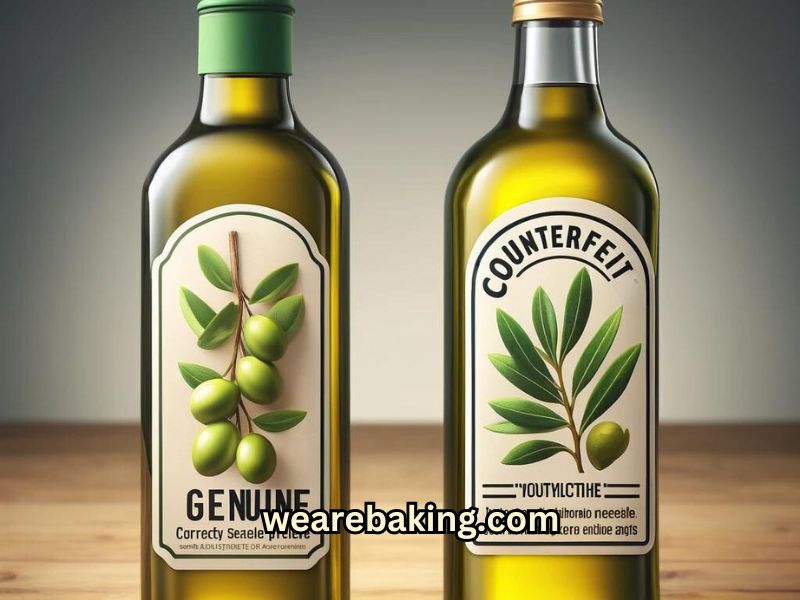
It turns out that a whole lot of olive oil you find at the grocery store may not be 100% authentic and pure olive oil. Crazy, right? Studies have shown that olive oil fraud is happening all over the place. Some experts estimate over 70% of olive oil on store shelves in the US has been watered down with other cheaper oils or mislabeled.
What gives? Well, the way this works is that sometimes sneaky producers mix lower-quality vegetable oils with just a dash of olive oil. Then they pretend it’s high-grade extra virgin olive oil and slap fancy labels on the bottles. It’s a way for them to sell cheap oil for big profits while we get stuck with oil that doesn’t taste or perform like the real deal.
The motivation here is money, money, money. Shady olive oil operations are run by people focused on making cash quickly through deception. And without better checks to maintain standards, this questionable industry will probably keep growing.
🕵️♂️ Spotting the Real Deal: Olive Oil Edition 🌿 |
||
|---|---|---|
| Feature | Authentic Olive Oil | Counterfeit Olive Oil |
| Aroma 🌺 | Bright, fruity, grassy, peppery | Musty, rancid, bland |
| Taste 👅 | Vibrant, slightly bitter, peppery finish | Flat, waxy, greasy |
| Labeling 🏷️ | Clear, includes “Extra Virgin,” harvest date, origin | Vague, missing key details like harvest date or origin |
| Price 💰 | Reflects quality, not suspiciously cheap | Too good to be true, rock-bottom prices |
| Brought to You by “wearebaking.com” 🍰 | ||
So, how does this impact us bakers? Well, if the oil is mixed with other stuff, it won’t give us the rich flavor we love in olive oil. Depending on what’s been added to it, it might also change the texture and nutritional value. But knowing more helps us make better choices—let’s find out what to look for to get the real deal!
Spotting Authentic Labels

Those labels can be confusing when you’re staring at a wall of olive oil bottles! Terms like “extra virgin” and “cold pressed” are meant to signal quality – but don’t take them at face value. Dig deeper to determine if that bottle is the real McCoy.
Start by checking for certifications like PDO and PGI. These verify that extra virgin olive oils were made following strict guidelines in protected regions of Europe. Fairtrade certifications are also good signs. Basically, official stamps of approval mean producers endured extra hurdles to vouch for that oil’s legitimacy.
On the flip side, avoid olive oils with vague descriptions like “packed in Italy” or “bottled in Spain.” This questionable wording makes it impossible to know if the oil actually came from those foodie destinations. Also, steer clear of labels missing details about pressing methods or the name of the estate. This lack of information is a red flag.
The lesson here is to read past the flowery language and make sure you’ve got specifics proving purity and quality. Once you know what to look out for, skipping the imposters becomes much easier on your grocery run! We want the good stuff – and only the good stuff.
Become a Taste Test Detective

Alright, it’s time to unleash your secret sensory powers! Believe it or not, using your eyes, nose, and tastebuds can reveal quite a bit about an olive oil’s legitimacy. This is when we put on our detective hats and let our senses be the judge. It takes some practice, but soon, you’ll be an olive oil authenticity sleuth.
First, take a good look at the oil itself. Real extra virgin olive oil is almost luminescent green in color – like green liquid gold. It’s also thicker and won’t move quickly back and forth in the bottle. Fake oils are often much paler and almost watery.
Have you opened the bottle? Have a good sniff. True high-quality olive oil packs a fragrant, almost fruity punch along with herbaceous, grassy notes. Rancid oil gives off a moldy or dirty stench—an instant giveaway that something’s off!
Finally, slurp up a small sample. Let it slide to the back of your tongue, and pay attention to taste and mouthfeel. Genuine olive oil delivers a nice peppery kick that lightly burns the throat in a “good” way before fading. Bad oil feels greasy or strange.
Our senses provide incredibly helpful insight into quality. Once you know what signals to hone in on, you’ve got a trusty toolkit detecting olive oil fakery at your fingertips!
Finding The Good Stuff

Okay, so you’re armed with label literacy and sensory superpowers—now let’s chat about where to actually find the good stuff! Seeking out reputable retailers and knowing your supply chain is key to landing authentic olive oil.
Start by checking out specialty food stores or olive oil-focused shops in your area. These small business owners typically vet their inventory closely, only stocking oils they trust come from legitimate growers. You can also have candid conversations about sourcing and production methods.
Many quality oils are available online through dedicated retailers like Kosterina. They handle ordering straight from vetted estates abroad, removing much uncertainty about origins. Bonus points for places emphasizing fair labor and farming practices too.
Don’t gloss over your local farmer’s market, either. When you can chat face-to-face with the grower or family behind an olive oil, it builds trust and accountability. And it feels good supporting small-scale artisans!
As an Amazon Affiliate, I may earn a commission from qualifying purchases.
While shopping around such as Amazon, takes some effort, it ensures your hard-earned money goes towards the real deal. And you get the peace of mind knowing exactly where that golden oil in your kitchen comes from!
Baking with Confidence
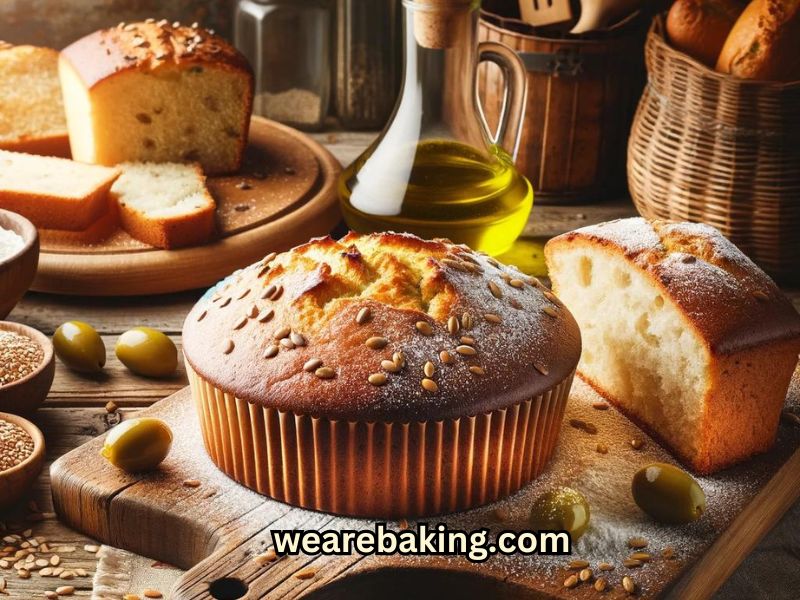
Woo hoo – you did it! You cracked the olive oil code and came home triumphantly with some bottles of liquid gold. Nice work! Now comes the best part: infusing that high-quality extra virgin olive oil into your tasty baking creations.
When you cook and bake with superb olive oil, you’ll notice an undeniable flavor upgrade in everything from cakes and cookies to breads and muffins. The sweet, grassy notes just make chocolate or fruit flavors pop beautifully. Texture also improves with a fine crumb and moistness that brings a smile with every bite.
Some favorite ways to showcase stellar olive oil are drizzling over finished baked goods like olive oil cakes or lemon poppyseed loaf. Blending into cookie and cake batters is delicious, too. Even using it in place of butter or oil to grease pans imparts that signature fruity depth. And let’s not forget savory! High-quality EVOO takes garlic bread, olive bread, scones, and biscuits over the top.
With so many options, it’s fun to experiment with baking and cooking different foods with your premium olive oil. No more questioning quality – enjoy unleashing that authentic flavor and wowing lucky taste testers!
Beyond the Label
Okay, you’ve found an extra virgin olive oil you trust from a quality producer. High five! Now it’s time we get cooking. Here are my best tips for getting the most out of your liquid gold in the kitchen.
It’s important to know that not all olive oils are suited to all cooking methods. Delicate extra virgin oils are perfect for finishing dishes or light sauteing. Go for refined olive oil with a higher smoke point for roasting veggies or searing meats at higher heat.
As you experiment with new oils, let your tastebuds be the judge. If something doesn’t taste vibrant and flavorful out of the bottle, it has no business going into my pans or onto my Caprese salads!
Finally, store your oil properly to maintain freshness as long as possible. We’re talking cool and dark places in airtight containers away from heat, light, and oxygen. Treat your oil right, and it will treat your food right.
With pure, delicious olive oil in our kitchens, the possibilities are endless. Happy cooking and baking, friends! May all your cakes, roasts, salads, and breads be topped with only the real, golden deal. Here’s to cooking with confidence and delight!
Frequently Asked Questions
Does olive oil expire or go bad?
Yes, it does! Pay attention to expiration dates, especially on bottles labeled just “virgin” vs “extra virgin.” Properly stored in cool, dark places, most extra virgin olive oils have a shelf life of around 2 years. Over time, the flavor dulls, and quality declines.
Is it ok to cook with extra virgin olive oil?
Absolutely! Quality extra virgin olive oil has a high smoke point, making it fantastic for sautéing, roasting, baking, etc. Just don’t use EVOO for deep frying at very high temps. Reach for a more refined oil better suited for that.
Are there good olive oil substitutes?
If opting for an olive oil sub, grapeseed and avocado oils have mild flavors suitable for baking. Coconut oil is intriguing but can leave a prominent aftertaste. Melted butter can work in some cases, too, but it makes for richer end results.
Any legit producer recommendations?
Some excellent authentic olive oil brands to look for are Brightland, Cobram Estate, Lucini Italia, California Olive Ranch, McEvoy Ranch, and Omaggio Farm. Asking at local specialty shops can uncover smaller craft growers as well.
Final Thoughts

Finding authentic extra virgin olive oil can seem tough with counterfeits so common. But it’s worth overcoming hurdles to locate the good stuff!
Let’s stay positive and use savvy strategies to get past the bogus bottles onto ones that allow us to bake and taste joy. Through learning and relying on specialists, that pure olive flavor awaits. With alert senses and wise guides, your treats transform once you source legitimate oil.
Savoring ethically-made ingredients uplifts the spirit. Hunting for trusted olive oil brands unites us in chasing simple pleasures that nourish body and soul. One bite of EVOO-kissed cake could make you adore this humble fruit like a Tuscan great-grandparent!
What tips do you use to spot real extra virgin olive oil? Please share below!
And As Always
Keep On Baking!
Taianne
Share the Love
Latest Posts

I’m Taianne, the owner and operator behind We Are Baking. Baking my first cake at age 11 hooked me on creating sweet treats. Though my interest faded during childhood, it was rekindled when I married my apple pie-loving husband. I love trying new recipes, tweaking classics, and helping others learn the science and art of baking. I started We Are Baking to share tips, tricks, and favorite recipes I’ve discovered over the years. When not in the kitchen, I enjoy spending time with family and friends. My goal is to inspire others to embrace their creativity through baking. Feel free to contact me with any questions!
Taianne@wearebaking.com
